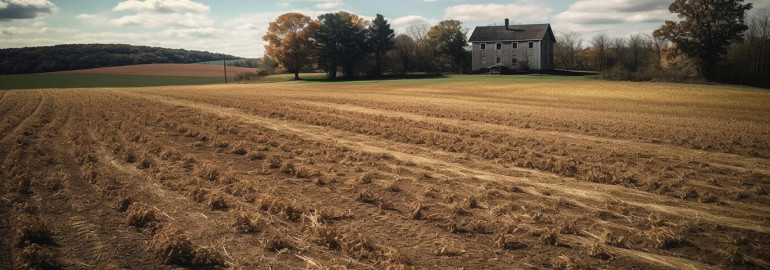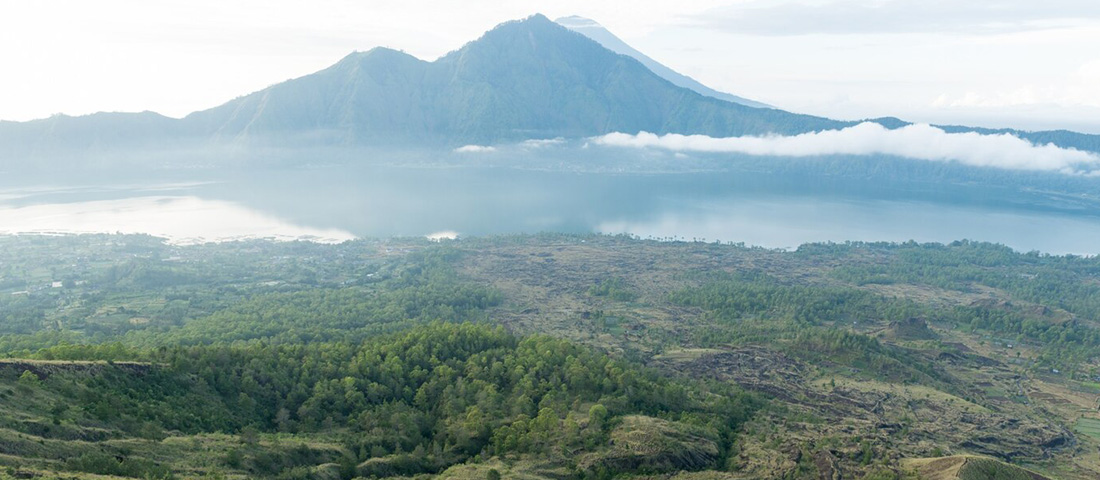What is Bhulekh

Bhulekh: Understanding Land Records in India
What is Bhulekh? भूलेख
Bhulekh is a term used in India to refer to land records maintained by state governments. These records are crucial for identifying land ownership, tenure, and various rights associated with land parcels across the country.
Components of Bhulekh:
- Land Ownership Details: Bhulekh contains comprehensive information about landowners, including their names, addresses, and details of land holdings.
- Land Records: It provides details of land transactions, including sales, purchases, mortgages, and leases, facilitating transparency in land dealings.
- Survey and Settlement Records: Bhulekh includes data from land surveys and settlements conducted by government authorities to demarcate land boundaries and resolve disputes.
- Mutation Records: Mutation records in Bhulekh reflect changes in land ownership due to inheritance, partition, or transfer of property rights.
- Revenue Records: It encompasses revenue-related information such as land classification, assessment, and taxation details.
Significance of Bhulekh:
- Legal Validity: Bhulekh records serve as legal documents establishing land ownership and property rights, facilitating dispute resolution and legal proceedings.
- Transparency: By providing easy access to land records online, Bhulekh promotes transparency and accountability in land administration, reducing corruption and malpractices.
- Property Transactions: Prospective buyers and sellers rely on Bhulekh records to verify land titles, boundaries, and encumbrances before engaging in property transactions.
- Planning and Development: Government agencies use Bhulekh data for urban planning, infrastructure development, and implementation of welfare schemes, ensuring equitable distribution of resources.
- Environmental Management: Bhulekh records aid in the conservation of natural resources and environmental management by regulating land use and preventing unauthorized land encroachments.
Challenges:
- Data Accuracy: Maintaining accurate and up-to-date Bhulekh records remains a challenge due to issues such as incomplete documentation, errors in data entry, and outdated survey methods.
- Digitization: Despite efforts to digitize land records, many regions still rely on manual record-keeping systems, leading to inefficiencies and delays in accessing critical information.
- Land Disputes: Disputes over land titles, boundaries, and ownership rights are common, often resulting from historical inconsistencies, ambiguous legal frameworks, and overlapping land claims.
- Access and Awareness: Limited access to Bhulekh databases and lack of awareness among rural communities pose barriers to leveraging land records for socio-economic development and empowerment.
Conclusion:
Bhulekh plays a vital role in land governance, promoting transparency, accountability, and equitable land distribution. Efforts to digitize and modernize land administration systems are essential for enhancing the efficiency and reliability of Bhulekh records, thereby fostering socio-economic development and inclusive growth across India.
Bhulekh in All States in India:
Bhulekh records are maintained by individual state governments across India. Each state has its own Bhulekh portal or land record system to manage and provide access to land-related information. Some of the prominent states with Bhulekh portals include:
- Uttar Pradesh: Bhulekh UP
- Bihar: Bhulekh Bihar
- Madhya Pradesh: MP Bhulekh
- Rajasthan: Apna Khata Rajasthan
- Odisha: Bhulekh Odisha
- Maharashtra: Mahabhulekh
- Andhra Pradesh: Mee Bhoomi
- Telangana: Dharani
- Karnataka: Bhoomi RTC
- West Bengal: Banglarbhumi
- Gujarat: AnyRoR
Bhulekh Uttar Pradesh: Complete Details and Terms
Bhulekh Uttar Pradesh refers to the land records maintained by the state government of Uttar Pradesh (UP). It is a comprehensive database containing vital information about land ownership, tenure, and related records across the state.
Components of Bhulekh UP:
- Land Ownership Details: Contains information about landowners, including their names, addresses, and land holdings.
- Land Records: Provides details of land transactions such as sales, purchases, mortgages, and leases.
- Survey and Settlement Records: Data from land surveys and settlements conducted by government authorities to demarcate land boundaries.
- Mutation Records: Reflects changes in land ownership due to inheritance, partition, or transfer of property rights.
- Revenue Records: Includes revenue-related information like land classification, assessment, and taxation details.
Significance of Bhulekh UP:
Bhulekh UP plays a crucial role in land governance, legal proceedings, and property transactions in Uttar Pradesh. It ensures transparency, accountability, and facilitates efficient land management across the state.
Bhulekh UP Terms:
- Khasra Number: Unique identification number assigned to each agricultural land parcel for record-keeping purposes.
- Khatauni: Land revenue document containing details of land holdings, cultivation, and ownership.
- Jamabandi: Land revenue record maintained by the revenue department, providing information about land ownership and tenancy rights.
- Property Card: Document containing details of land ownership, area, and location, similar to a title deed.
- Bhu Naksha: Land map or cadastral map showing the geographic boundaries of land parcels.
Bhulekh UP is accessible through the official website of the Revenue Department, Government of Uttar Pradesh. Citizens can view land records, verify ownership, and conduct property-related transactions online.
These portals serve as centralized platforms for citizens, landowners, and government authorities to access, verify, and manage land records efficiently.
Bhulekh: FAQs
1. What is Bhulekh?
Bhulekh is a term used in India to refer to land records maintained by state governments. These records are crucial for identifying land ownership, tenure, and various rights associated with land parcels across the country.
2. What are the components of Bhulekh?
Bhulekh comprises several components including land ownership details, land records, survey and settlement records, mutation records, and revenue records.
3. What is the significance of Bhulekh?
Bhulekh records serve as legal documents establishing land ownership and property rights. They promote transparency, accountability, and facilitate property transactions, urban planning, and environmental management.
4. What are the challenges associated with Bhulekh?
Challenges include data accuracy issues, digitization efforts, land disputes, and limited access and awareness among rural communities.
5. How can Bhulekh contribute to socio-economic development?
Bhulekh can contribute to socio-economic development by promoting transparency, facilitating property transactions, supporting urban planning, and ensuring environmental conservation.
6. Where can I find Bhulekh records?
Bhulekh records are available through state government portals or land record systems. Each state in India maintains its own Bhulekh portal for land-related information.
7. How can I use Bhulekh for property transactions?
You can use Bhulekh records to verify land titles, boundaries, and encumbrances before engaging in property transactions. It helps ensure transparency and prevent disputes.
8. Are Bhulekh records legally valid?
Yes, Bhulekh records serve as legal documents establishing land ownership and property rights. They are admissible in courts and legal proceedings.
9. How often are Bhulekh records updated?
Bhulekh records are updated periodically by state government authorities. However, the frequency of updates may vary depending on the state and its land administration policies.
10. Can I access Bhulekh records online?
Yes, many states provide online access to Bhulekh records through their official portals. Citizens can verify land records and access related information conveniently.






